How to Start a Garden
With summer just around the corner, it’s about time to get going on your garden. Whether you’re just starting out, or a seasoned pro, gardening is a great way to get outside and make the most of the beautiful weather.
The first thing to consider is what you’ll be growing. Herbs? Flowers? Vegetables? Some combination thereof? It’s all up to you, but if you’re new to gardening, we recommend starting small. Too often, new gardeners set unrealistic expectations out of the gate and call it quits when they can’t keep up. Make sure your garden is marginal, then build and grow as you learn.
Most plants require six hours of sunlight a day, so when deciding on a spot, keep an eye on it for a day or two and ensure it’s getting regular light. Try to choose a location that’s tough to ignore, like near the front door, or the view from your kitchen window. Your garden is going to require regular monitoring, so make it easy on yourself.
If you plan your garden far enough in advance, you can easily clear out space for it by laying down some newspaper and covering it in compost. In about 4 months, the paper will have decomposed and you’ll be ready to roll. If you don’t have that much time, or if the area is especially overrun with weeds, with a little more effort, you can dig up your sod and go from there.
You’ll want to incorporate some sort of organic matter (be it dry grass clippings, compost or manure) into your soil. Spread it on top, and then either till it into the dirt, or again, if you have time, you can just let it rest and in a few months time, it will work its way in.
Younger plants need more water while their roots take hold. Water seedlings every day and set plants about every other day, tapering off as they grow and water slowly to ensure it’s being absorbed into the soil and not just running off down the sidewalk. Lastly, watering in the morning will help cut down on evaporation, as will a few inches of good mulch.Experienced gardeners will spend hours and hours looking through catalogs picking their plants, but ultimately the easiest thing to do is head to your local garden center, talk to someone about your experience level and growing conditions, and then pick up whatever best suits your tastes. That said, transplants or “set plants” are always going to be your easiest (albeit more expensive) option. Just take them home, drop them in a hole and you’ll be good to go.
Once your soil is tilled and your plants are planted and watered, all that’s left to do is keep it up! Water regularly in accordance with humidity and rainfall and clear out weeds before they have an opportunity to take to hold. From there, just enjoy your flowers and fresh vegetables!
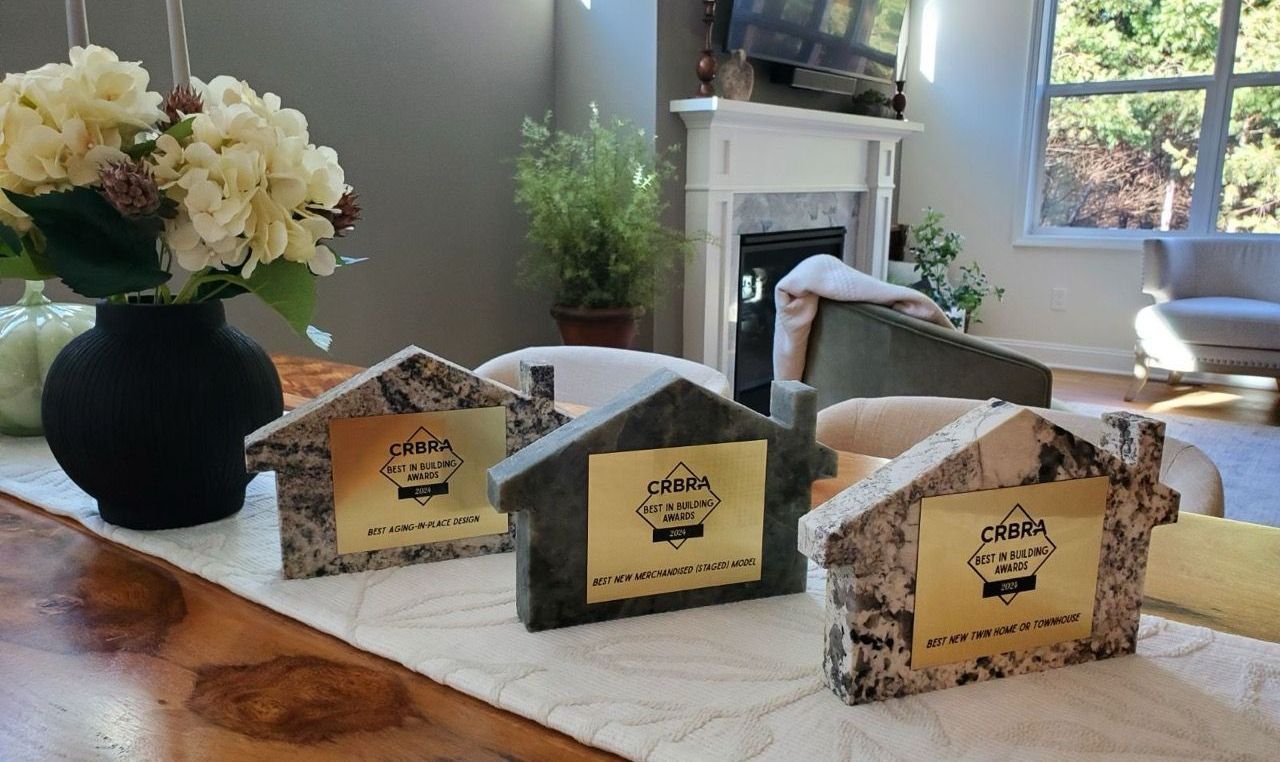

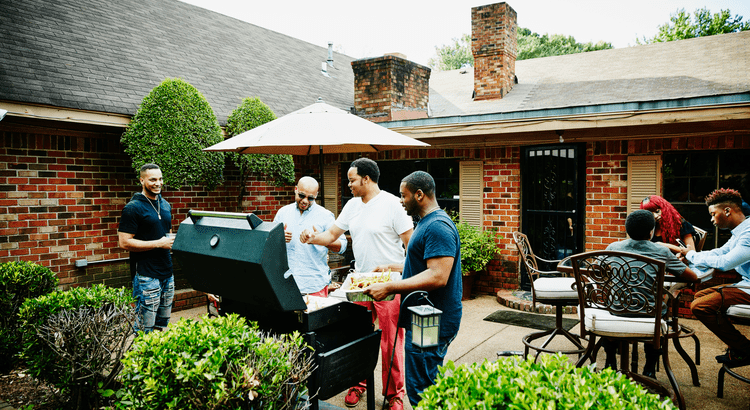
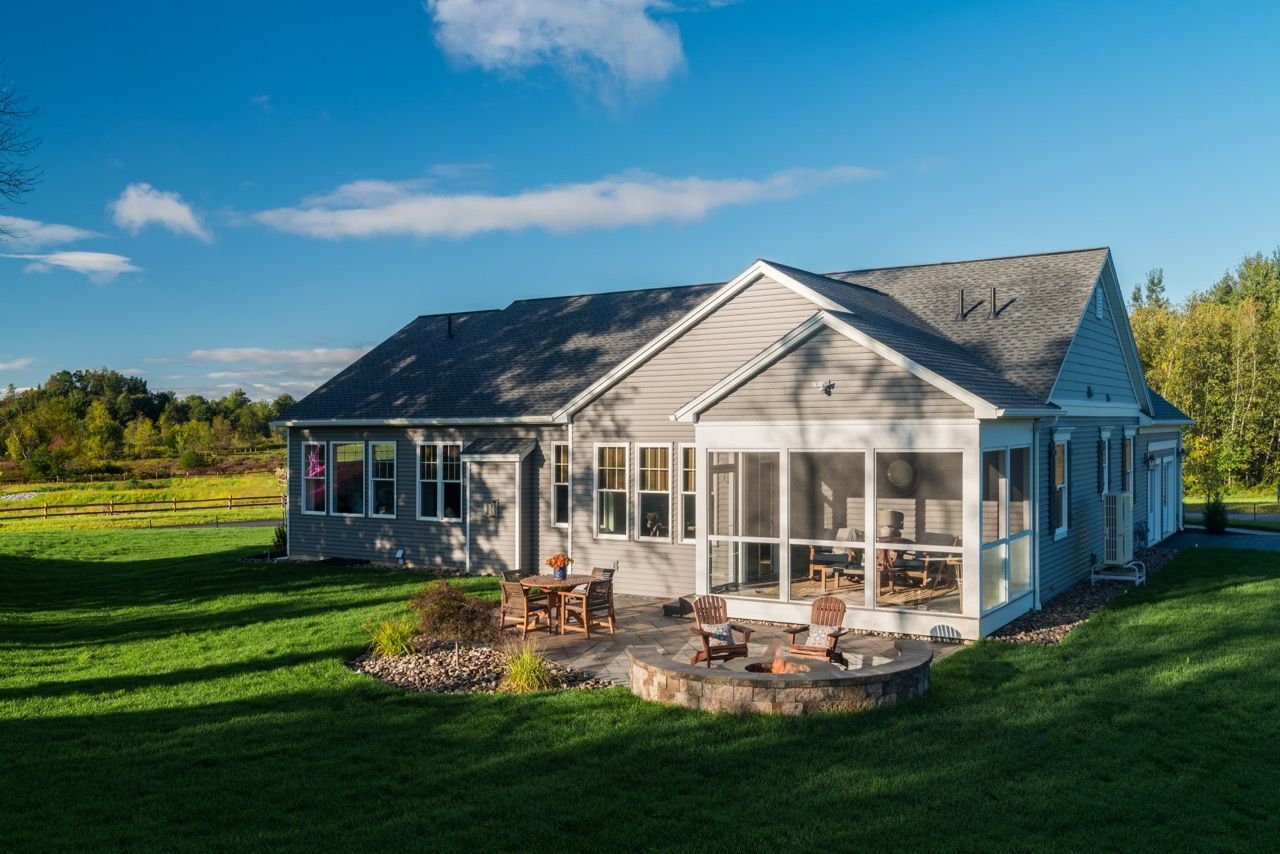
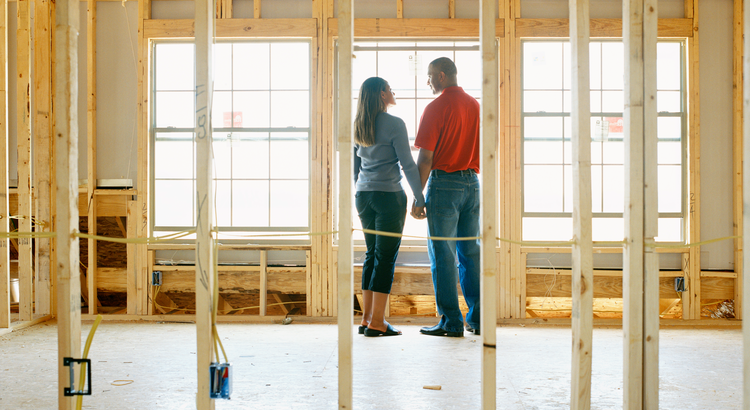


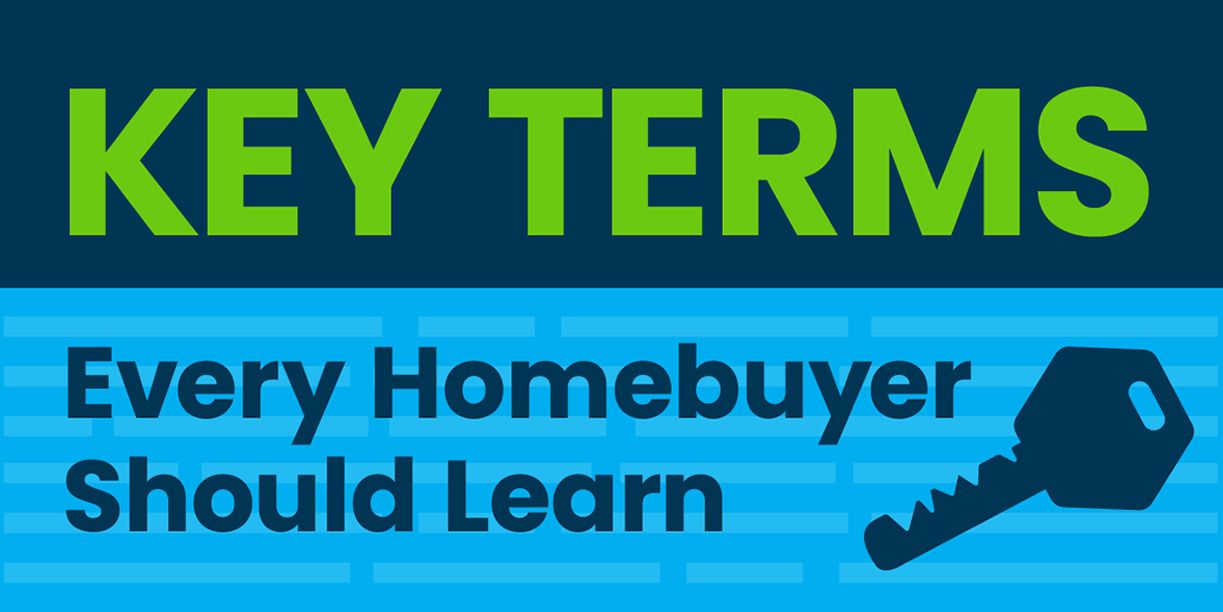
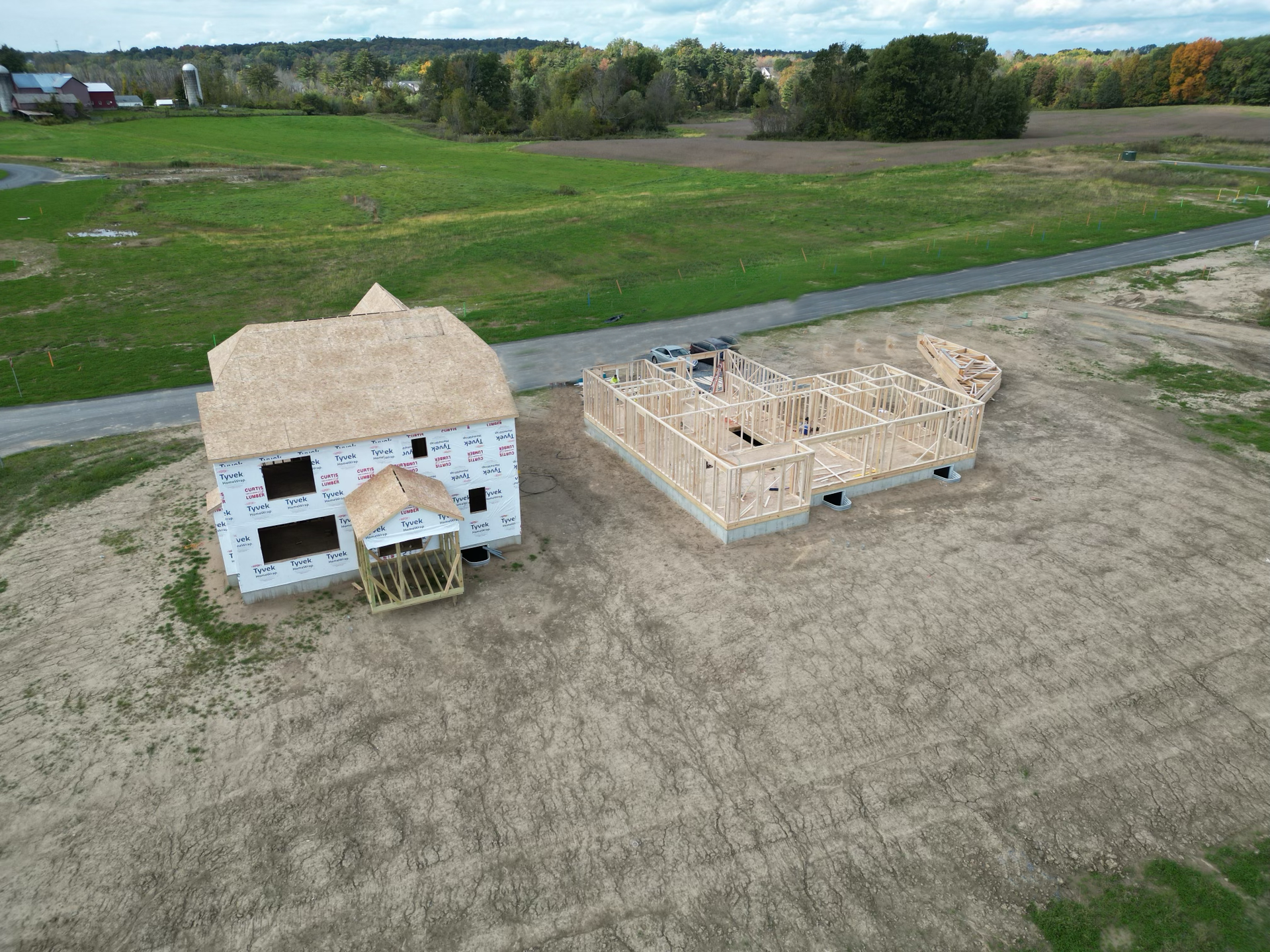
Belmonte Builders built the first house in the Albany, N.Y. region to be certified Gold under the LEED (Leadership in Energy and Environmental Design) for Homes program.





